‘America First’ meets ‘India First’: Interests align on defense bond
Whether Trump and Modi continue to lead their nations into the next decade or not, the India-U.S. defense ties shall receive bipartisan support in both nations.
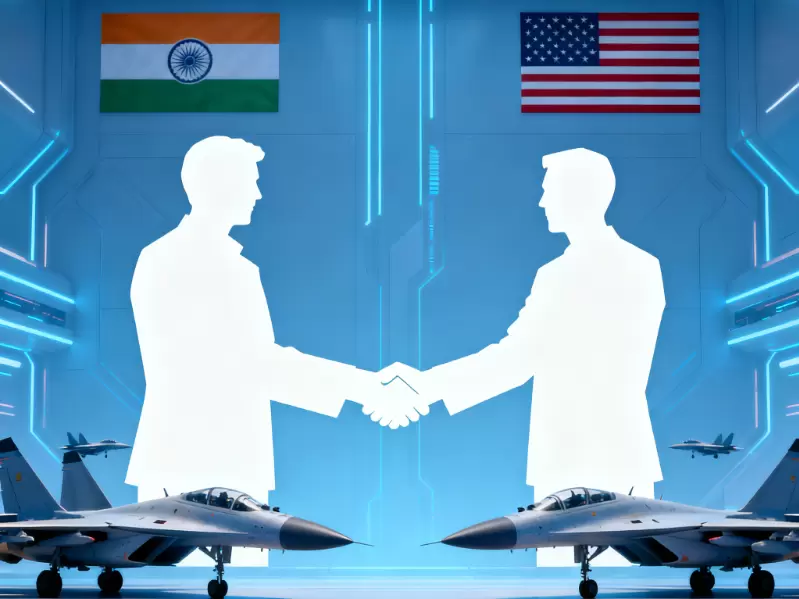 Representative Image / Generated using AI
Representative Image / Generated using AI
India's External Affairs Minister Dr. S. Jaishankar recently highlighted three key guidelines—Aatmanirbharta (self-reliance), Aatmaraksha (self-protection), and Aatmavishwas (self-confidence) —that govern India’s engagement with other nations.
These concepts, encapsulated in the 'India First' idea, have the approval of Prime Minister Narendra Modi, who has repeated them numerous times in his nearly 12 years in office.
In the U.S., President Donald Trump’s 'America First' priorities reflect a similar overtones: Make America Great Again (self-reliance), Make America Safe Again (self-protection), and Make America Affordable and Energy Dominant (self-confidence).
The approaches of President Trump and Prime Minister Modi put each other's national interests first. These priorities not only play out in their diplomatic engagements but also overflows into their defense ties.
Whether Trump and Modi continue to lead their nations into the next decade or not, the India-U.S. defense ties shall receive bipartisan support in both nations, and the relationship shall grow in the future, intersecting on common concerns.
There are already visible signs of that transformation over the last two decades under presidents and prime ministers from both sides of the political divide in their respective countries.
As both nations face new security challenges, particularly Communist China’s assertiveness, their cooperation is set to deepen further.
Despite Trump’s pivot in South Asia in recent months, Pakistan is a wasted effort, both literally and figuratively. Pakistan’s strategic utility, both during the Cold War era and in the War on Terror, has diminished.
Its overdependence on Beijing and its own domestic instability, rather, pose a serious threat to both Washington’s interests and to regional peace.
As global geopolitics enters a new phase defined by strategic rivalries, technology competition, and the contest for influence in the Indo-Pacific, the trajectory of the India-U.S. defense partnership points toward a future of deeper collaboration across defense production, technology sharing, and strategic deterrence.
The two nations have overcome the mistrust of the Cold War era and laid the foundation for a stronger, more confident relationship through mutual respect and strategic alignment.
Over the last 20 years, U.S. defense firms have supplied military equipment worth over $25 billion to India, including warships, cargo planes, advanced gunships, and artillery.
Meanwhile, American aerospace and defense firms are the largest importers of India-made military systems and parts, valued at over $2 billion annually. India’s aerospace and defense manufacturing provides an ecosystem for the U.S. to be a dependable partner and an industrial base for Lockheed Martin, Boeing, Raytheon, and the like.
From the signing of key defence agreements such as LEMOA (2016), COMCASA (2018), and BECA (2020) to the establishment of the Initiative on Critical and Emerging Technologies (iCET) in 2023, the partnership has evolved into a multifaceted and forward-looking engagement.
These frameworks facilitate logistical support and intelligence sharing, laying the groundwork for the co-development of next-generation defense technologies such as jet engines, long-range drones, and electronic warfare systems.
The maritime domain is becoming the centerpiece of India-U.S. defense cooperation. Both navies are working closely under the Quad framework with Japan and Australia, most visibly in the Malabar naval exercises.
Future collaboration could focus on joint patrols, sharing maritime intelligence, anti-submarine warfare training, and cooperation on unmanned surface vessels.
The U.S. can also help India strengthen its presence across the Indian Ocean through logistics support and advanced naval technologies.
Together, they can ensure a free and open Indo-Pacific amid growing Chinese aggression and naval activity.
Modern warfare isn’t limited to land, sea, or air. It’s expanding rapidly into space and cyberspace.
The U.S. Space Command and India’s Defence Space Agency could deepen cooperation in satellite communications, space surveillance, and counter-space capabilities.
On the cyber front, both nations face similar threats from state-sponsored hackers and digital espionage.
Strengthening cyber defense collaboration, real-time intelligence sharing, and developing secure digital networks will be vital to protect national infrastructure and military communications.
The pandemic and recent geopolitical crises have exposed the risks of dependence on a few countries for defense components.
India and the U.S. can work together to diversify and secure defense supply chains, especially for semiconductors, avionics, rare earth elements, and electronic systems.
People-to-people and troop-to-troop engagement form the backbone of any strong defense relationship. India and the U.S. conduct several joint exercises every year -- such as Yudh Abhyas (Army), Cope India (Air Force), and TIGER TRIUMPH (tri-service).
Expanding these to include special operations, mountain warfare, and peacekeeping training would enhance interoperability and build long-term trust.
The future of India-U.S. defense cooperation is shifting from traditional arms sales to a genuine strategic partnership based on technology, trust, and shared security interests. As both nations confront new-age challenges, the partnership’s strength shall lie not just in shared capabilities but in a shared vision for peace and security in the 21st century.
The author is a New Delhi-based strategic affairs and defense analyst and is the editor of Defence Capital magazine.
(The views and opinions expressed in this article are those of the author and do not necessarily reflect the official policy or position of New India Abroad)
ADVERTISEMENT
ADVERTISEMENT
E Paper
Video



1761585976.jpg) N. C. Bipindra
N. C. Bipindra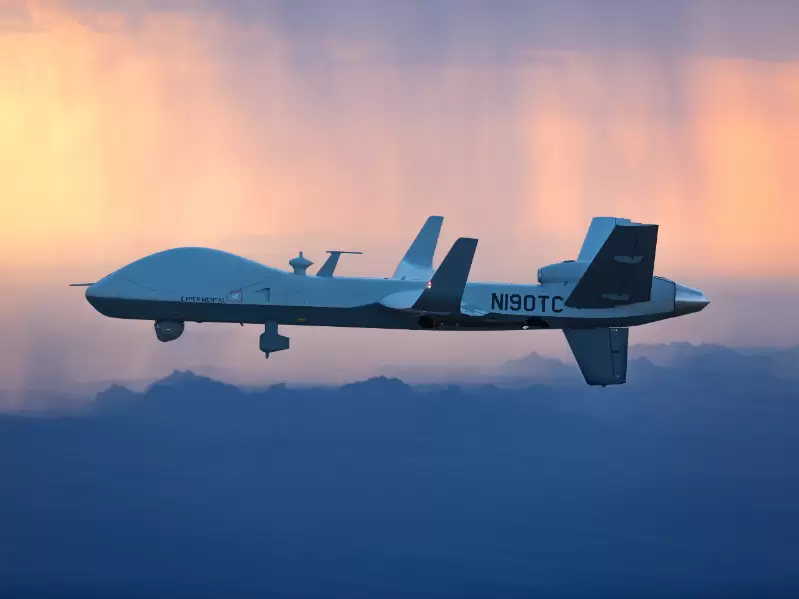
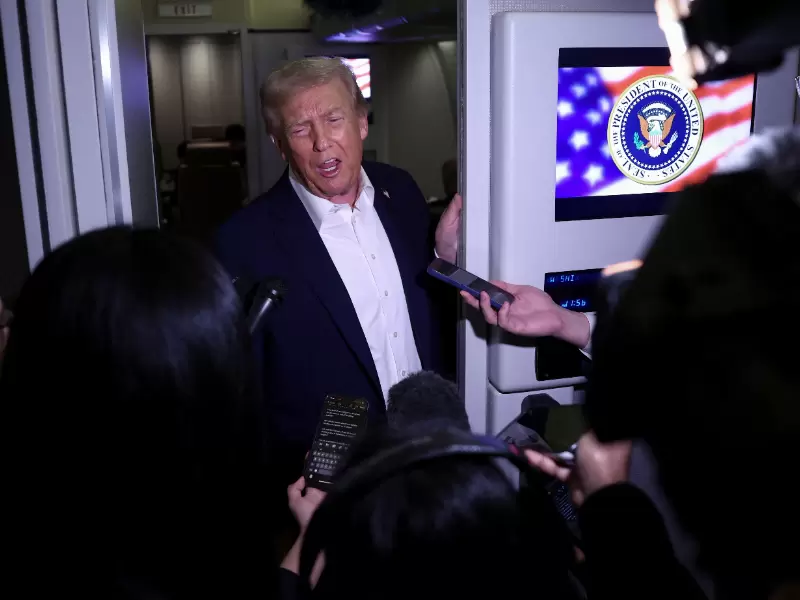

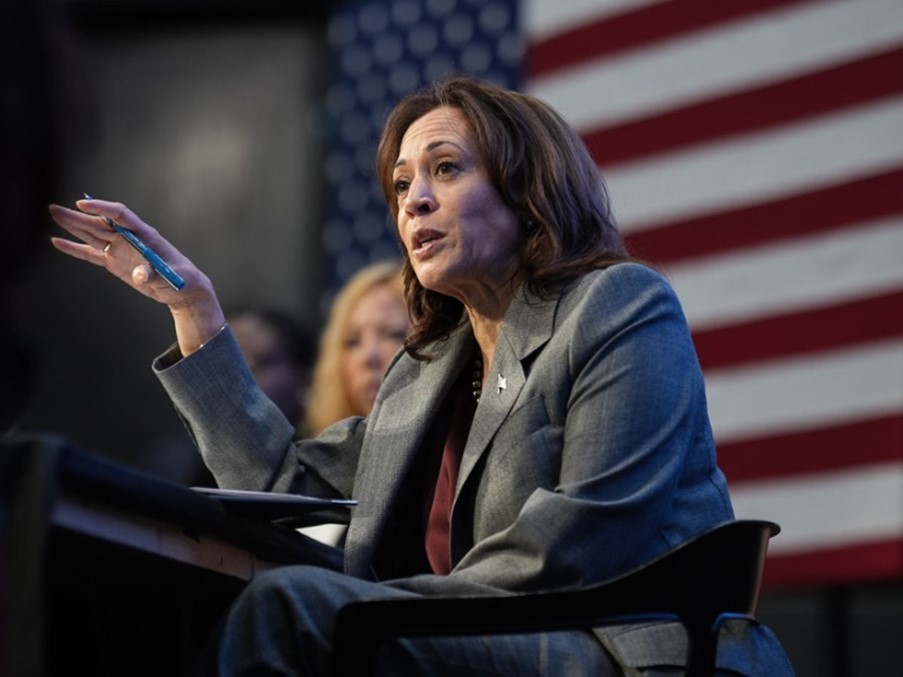


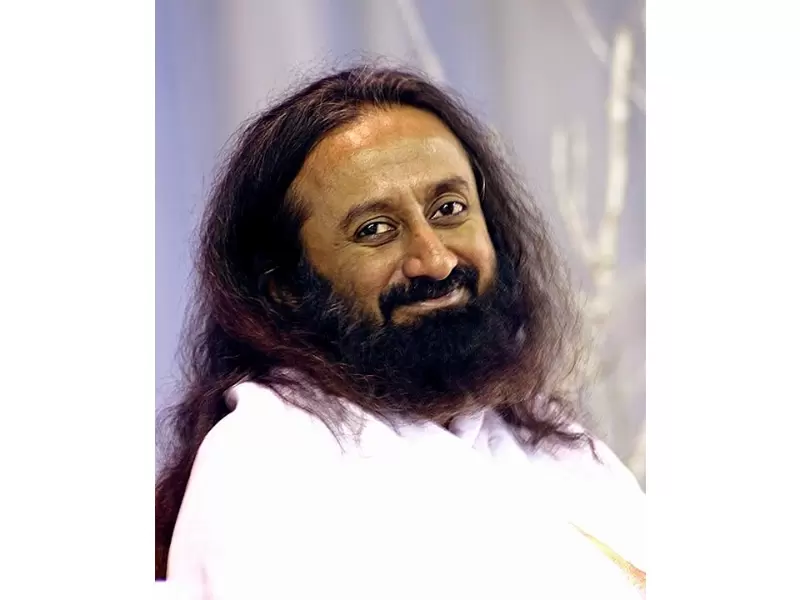







Comments
Start the conversation
Become a member of New India Abroad to start commenting.
Sign Up Now
Already have an account? Login